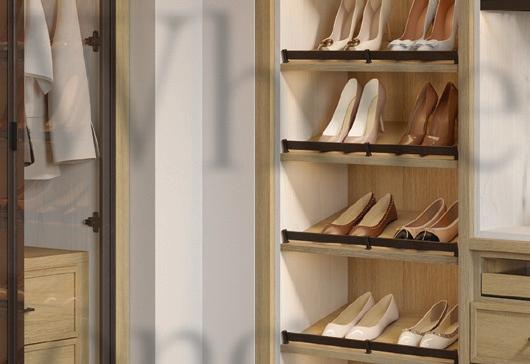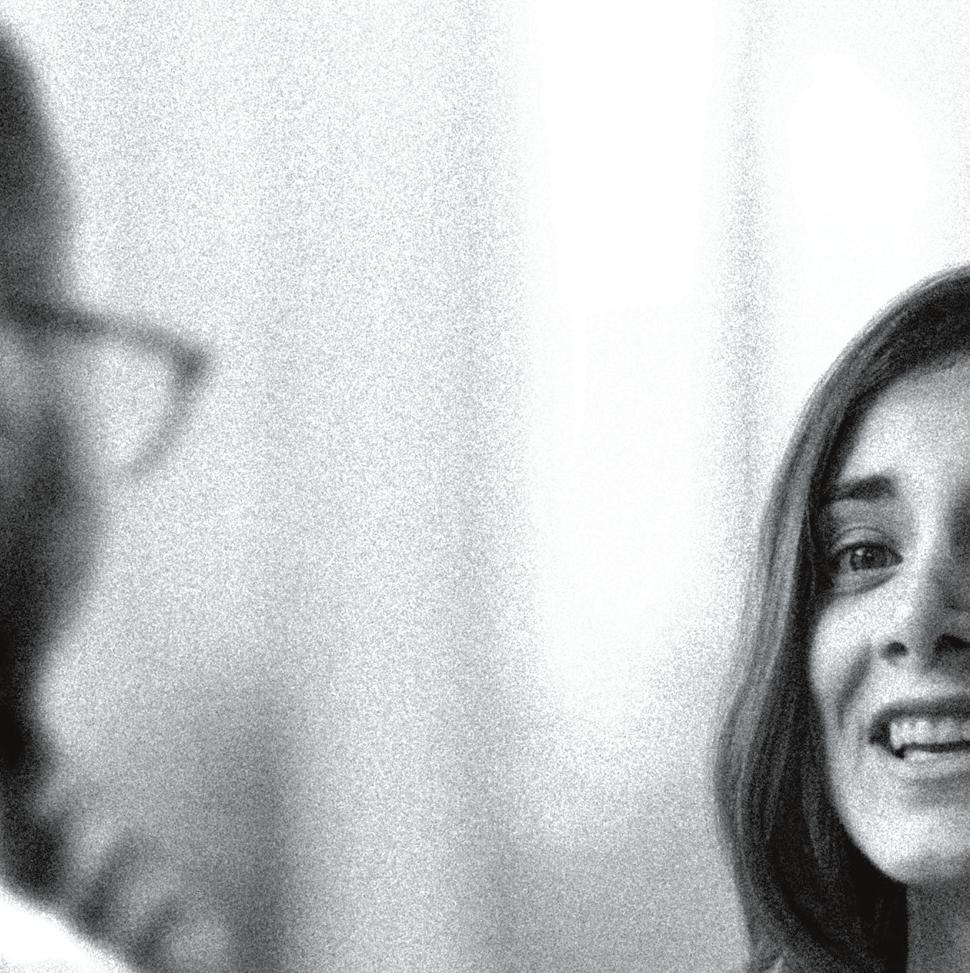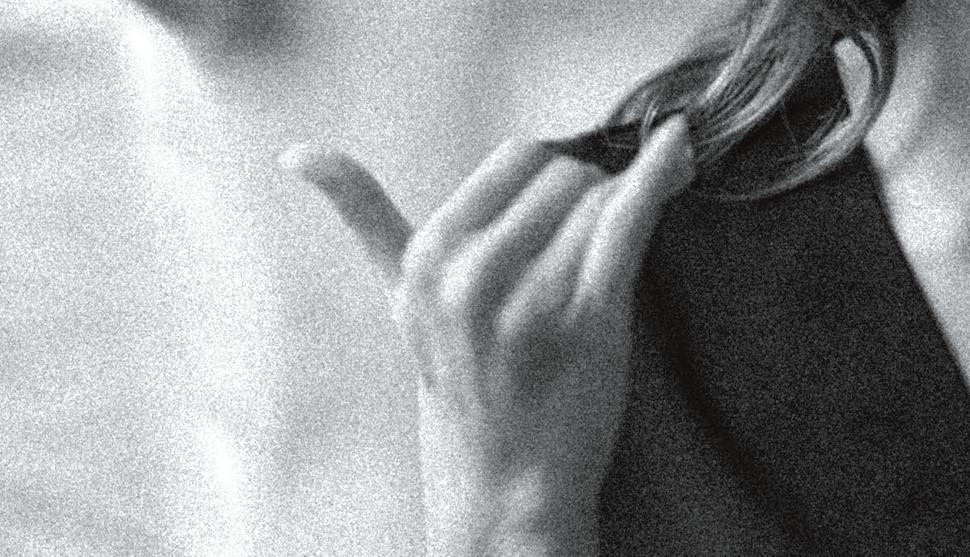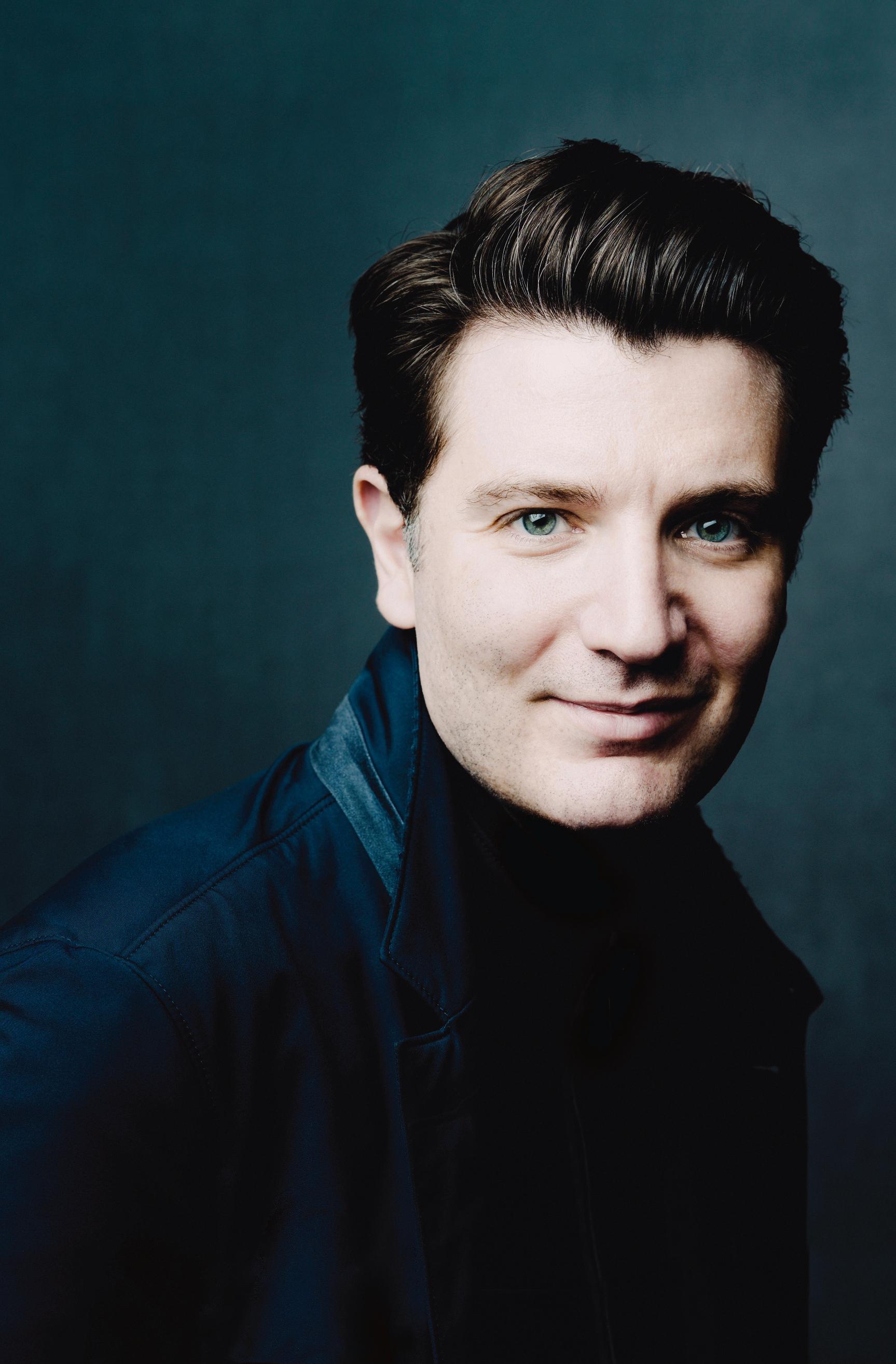
August 2, 2025


August 2, 2025

PRESENTED BY
Saturday, August 2, 2025, at 7 PM
The Cleveland Orchestra Daniele Rustioni, conductor
RICHARD Overture to Tannhäuser 15 minutes WAGNER (1813–1883)
FRANZ LISZT Piano Concerto No. 1 in E-flat major 20 minutes (1811–1886)
I. Allegro maestoso —
II. Quasi adagio —
III. Allegretto vivace —
IV. Allegro marziale animato
Alessio Bax, piano
SEASON PARTNERS

FAMILY ENGAGEMENT PARTNER MOVIE NIGHT PRESENTING SPONSOR


JOHANNES Symphony No. 1 in C minor, Op. 68 45 minutes BRAHMS
I. Un poco sostenuto — Allegro (1833–1897)
II. Andante sostenuto
III. Un poco allegretto e grazioso
IV. Adagio — Più andante — Allegro non troppo, ma con brio














Total approximate running time: 1 hour 40 minutes
Tonight’s concert is dedicated in memory of Shirley Waltermire in recognition of her generous support of music.


Tonight’s concert is dedicated to Cynthia Knight in recognition of her generous support of music.
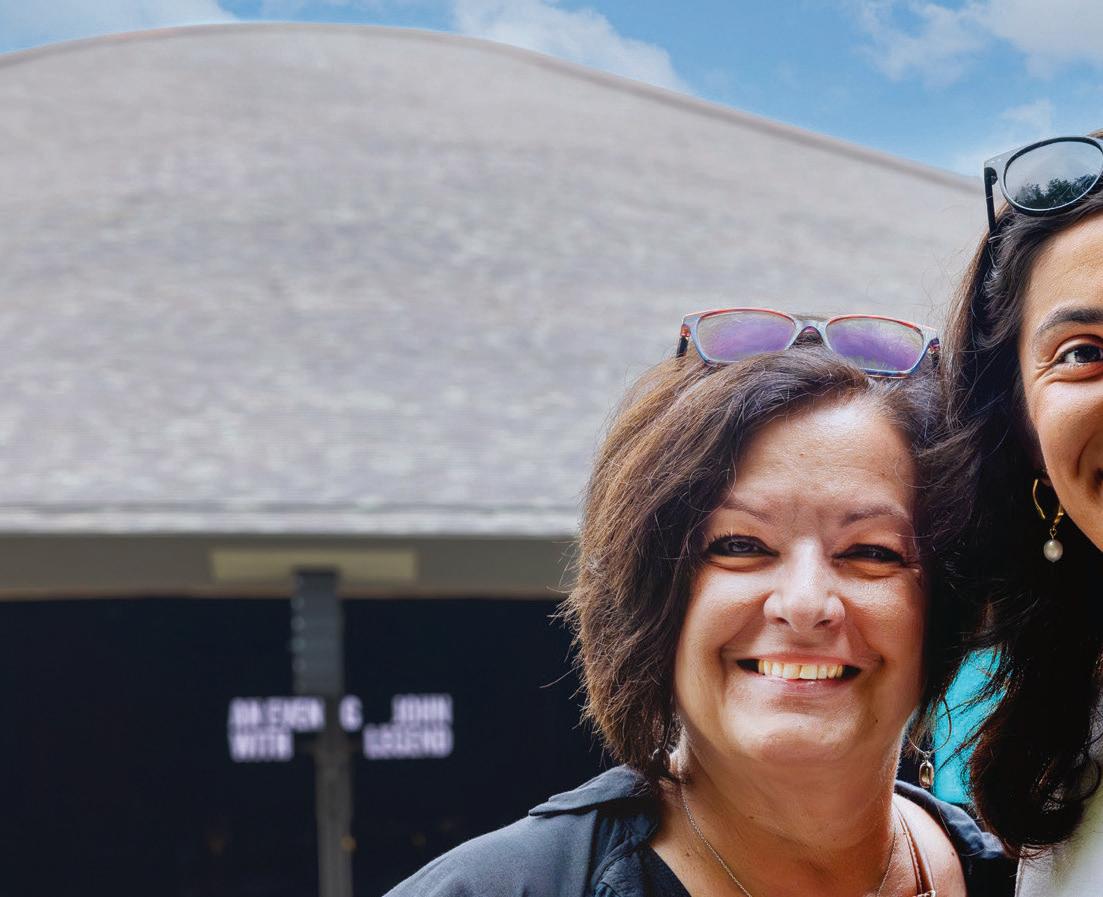
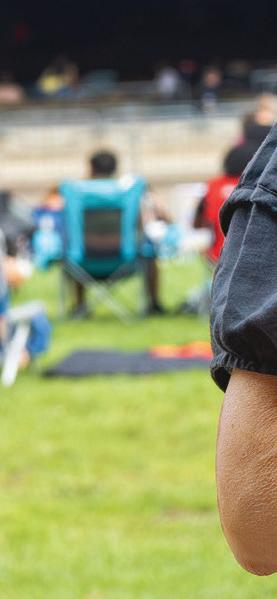
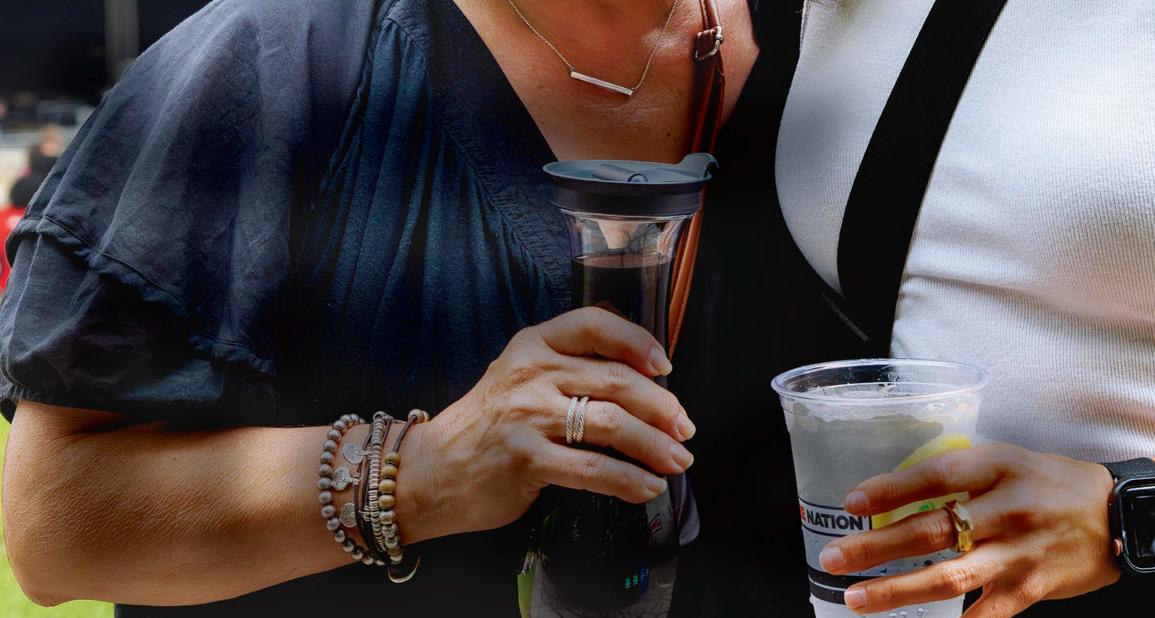


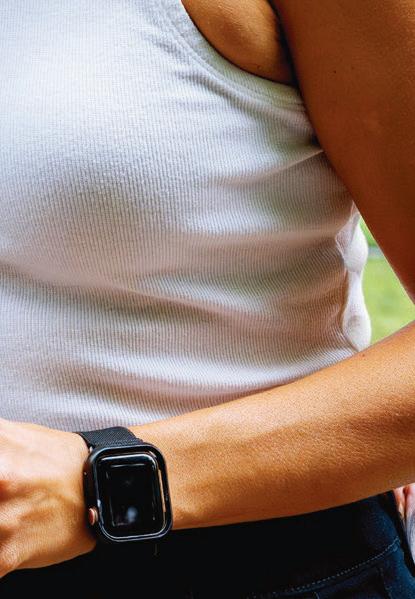





NOT ONLY THE STREETS AND SQUARES , but the windows of all the houses too, were filled with onlookers. … Surrounded by the jubilant throng, he left us not like a king but as a king.”
While it evokes images of swooning fans at Elvis or Beatles concerts, this description of musical hero worship recounts a much earlier phenomenon: Lisztomania — the obsessive, 19th-century fandom surrounding the beguilingly handsome and astoundingly virtuosic Hungarian pianist and composer Franz Liszt. Like friendship bracelet–clad Swiftees and the sequined cowboy hats of Beyoncé ’s BeyHive, “one ate and drank à la Liszt: ladies wore ribbons and bonnets emblazoned with his name; clothing boutiques, hairstylists, and restaurateurs made good profit from Liszt’s name.” But this wasn’t just empty hype. European and American audiences alike were captivated by the sincerity and emotional depth of Liszt’s performances.
Though not a cultural icon in the same way as Liszt, opera composer Richard Wagner nevertheless drew his fair share of devoted fans, frothing at the mouth over the sensuality of his tantalizing harmonies and powerful performing forces. While his opera Tannhäuser was a relative flop at its premiere, its overture was an automatic audience favorite, appearing on orchestral programs and in piano reductions for home performance.
Slightly younger than these two superstars, Johannes Brahms was too dour and nervous for the clamorous fans of more flamboyant performers. But he was no less influential. Tortured by the genius of Beethoven (to the extent that it took him over 20 years to complete his first symphony), he was lauded as a natural successor to the old master, gaining his own devoted following of intellectuals and musicians.
Tonight, in a concert worthy of silk fans and smelling salts, conductor Daniele Rustioni and The Cleveland Orchestra present works by these three Romantic icons, with pianist Alessio Bax embodying Liszt’s legacy in his Cleveland Orchestra debut.
— Ellen Sauer Tanyeri
Ellen Sauer Tanyeri is The Cleveland Orchestra’s archives & editorial assistant and is working towards a PhD in musicology at Case Western Reserve University.
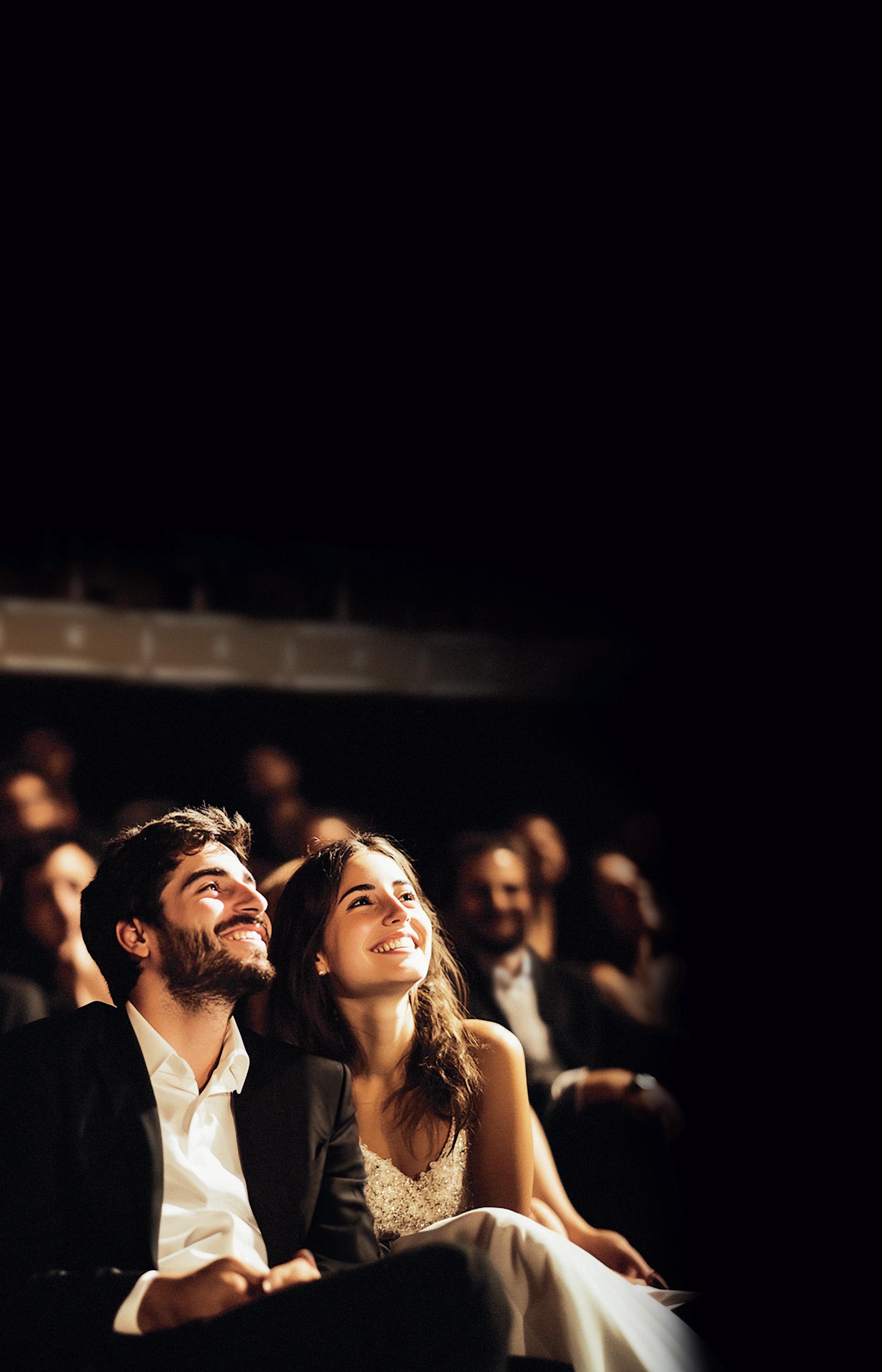
Picture a moment of quiet anticipation, as the first notes of a breathtaking symphony fill the air. We invite you to experience that special moment this season — where extraordinary music and unforgettable memories come together.
Subscribe to the 2025 –26
When you subscribe, you provide vital support to your Cleveland Orchestra and enjoy these exclusive benefits:
• The BEST seats at the BEST prices
• FREE and easy ticket exchanges
• Purchase your parking in advance
• 20% off additional ticket purchases
• 33% off subscription to Adella.live, our digital home
• 10% off at The Cleveland Orchestra Store
• Money back guarantee
by Richard Wagner
BORN: May 22, 1813, in Leipzig
DIED: February 13, 1883, in Venice
COMPOSED: 1842–45
WORLD PREMIERE: October 19, 1845, conducted by the composer
CLEVELAND ORCHESTRA PREMIERE: April 22, 1919, led by Music Director
Nikolai Sokoloff
ORCHESTRATION: 2 flutes, piccolo, 2 oboes, 2 clarinets, 2 bassoons, 4 horns, 3 trumpets, 3 trombones, tuba, timpani, percussion (cymbals, triangle, tambourine), and strings
DURATION: about 15 minutes
TANNHÄUSER IS THE STORY OF A MAN TORN between two worlds, but fated to find his place in neither. As always in the operas of Richard Wagner, an utterly modern subject resulted from an adaptation and combination of various sources, some of which were many centuries old.
In the course of his wanderings, the poet-singer Tannhäuser (an historical figure who lived in the first half of the 13th century) ends up in the parallel universe of Venusberg, where he spends years at the side of Venus, the goddess of love. Disillusioned and nostalgic, he eventually leaves Venus and returns to his friends in Thuringia, who soon banish him from their midst once they find out where he has been. Tannhäuser makes the pilgrimage to Rome, but even the pope does not absolve him. Only the prayers of the devout and chaste Elisabeth, who has long been secretly in love with Tannhäuser, are able to cleanse the singer of his sins. Finally free from all his past torments, he dies.
In the overture to Tannhäuser, which features several important musical themes from the opera, the two universes clash head-on. It begins with the music of the pilgrims returning from Rome. Their hymn, first heard in simple harmony and then accompanied by a characteristic violin figuration, is suddenly interrupted by the music of the bacchanal, the wild feast of the senses in the dark caves of Venusberg. The bacchanal culminates in a fiery melody — Tannhäuser’s praise of Venus. In the last section of the overture, the pilgrims’ hymn and the accompanying figuration return, building to a rousing climax.
—
Peter Laki
Peter Laki is a musicologist and frequent lecturer on classical music. He is a visiting associate professor at Bard College.
by Franz Liszt
BORN: October 22, 1811, in Doborjân, Hungary (now Raiding, Austria)
DIED: July 31, 1886, in Bayreuth, Germany
COMPOSED: sketched 1830s; composed 1845–49; revised 1853–54 and 1856
WORLD PREMIERE: February 17, 1855, with the composer at the piano and Hector Berlioz conducting
CLEVELAND ORCHESTRA PREMIERE: January 6, 1921, with pianist Mischa Levitzki and Music Director Nikolai Sokoloff.
ORCHESTRATION: 2 flutes, piccolo, 2 oboes, 2 clarinets, 2 bassoons, 2 horns, 2 trumpets, 3 trombones, timpani, percussion (cymbals, triangle), and strings, plus solo piano
DURATION: about 20 minutes
FRANZ LISZT ’S TWO PIANO CONCERTOS are standard works in the repertoire of today’s virtuosos. Yet they are not at all what one might have expected one of the world’s greatest pianists to write. Both are short and compact, and he was reluctant to perform either of them himself. Both works gave him endless trouble and were constantly revised.
Liszt’s two concertos have, on the one hand, generated adverse criticism from those who wish his music was more like “this” and less like “that.” Both have also won passionate admirers and been promoted by world-class performers … but why didn’t he compose five full-scale, three-movement piano concertos like Beethoven or Saint-Saëns?
Liszt liked the glamor of a solo appearance, undoubtedly, and often eliminated the need for an orchestra or vocal soloist (with whom so many other pianists shared the stage) by performing operatic fantasies for piano alone. His solo performances were most often his own transcriptions and improvisations on familiar music by other composers (Mozart, Rossini, Verdi, etc.), rather than regular piano works written by himself or by others. Such pieces could equally call for orchestral support, so we also find amongst his works a handful of arrangements for piano and orchestra, which he could rely on when the occasion called for it.
Liszt’s overriding intent and purpose with both concertos was to integrate the form itself into a single movement (as he also did in his masterly B-minor Piano Sonata). Though it could be split into distinct movements, the First Concerto unfolds in a series
of episodes using recurrent themes that are adapted to different speeds and surroundings to provide variety and contrast. Sections of a dreamy, amorous character rub shoulders with energetic passages of swashbuckling virtuosity, all sharing the same handful of melodic shapes and giving the impression of free improvisation — an art at which Liszt excelled.
The striking gesture with which the First Concerto opens (unison strings sounding together) is heard throughout in various forms, more often intervening in cadenza-like passages, or in lyrical sections as a reminder of the main rhythmic pulse. An Adagio section feels like part of a slow movement; a lighter part (with prominent triangle) suggests a scherzo; and a martial character marks the finale. But the opening gesture is never far out of hearing, and the continuity of the music in a single movement is never really threatened. The end is overtaken by a sweep of virtuosity from the soloist.
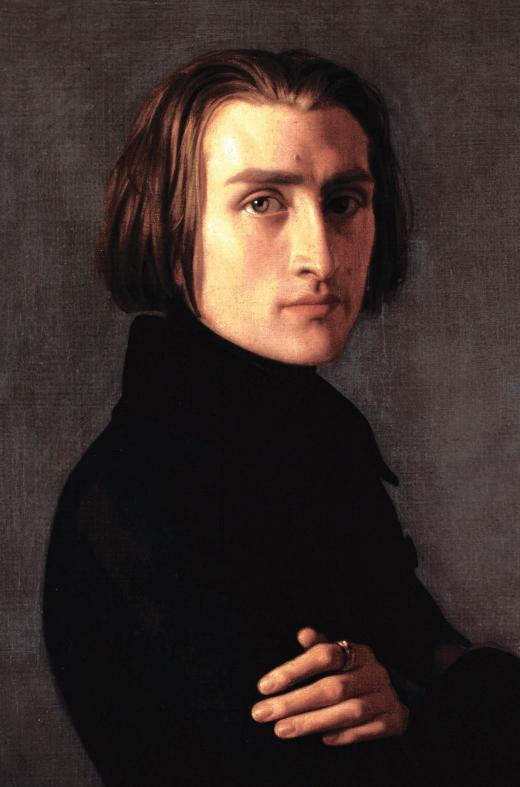
Liszt sketched substantial portions of the First Concerto in 1839, when he was living in Italy and about to embark on a decade of frantic touring and concert-giving. But for a man so formidably confident in his stage appearances, Liszt was rarely satisfied with his own compositions. He was an obsessive reviser, subjecting most of his major works to years of rethinking and alteration. In view of the huge number of compositions and arrangements that he left, he must have found time amid the touring, teaching, and conducting to patiently refine pieces that had been in his mind for many years.
The two concertos reappeared on his desk in the 1850s, when he was settled in Weimar and no longer constantly on the road. The First Concerto reached completion in 1855 and was first performed then, with Liszt himself as soloist and Hector Berlioz conducting.
However, Liszt was still not satisfied, and so neither concerto was published until he had devoted many more hours revising each. In Liszt’s last years, the concertos appeared in his concerts several times, but never with himself playing the solo part; by then, he preferred conducting them.
— adapted from a note by Hugh Macdonald Hugh Macdonald is Avis H. Blewett Professor Emeritus of Music at Washington University in St. Louis. He has written books on Beethoven, Berlioz, Bizet, and Scriabin, as well as Music in 1853: The Biography of a Year.
by Johannes Brahms
BORN: May 7, 1833, in Hamburg
DIED: April 3, 1897, in Vienna
COMPOSED: 1862–76
WORLD PREMIERE: November 4, 1876, with Otto Dessoff conducting
CLEVELAND ORCHESTRA PREMIERE: December 9, 1920, led by Music Director
Nikolai Sokoloff
ORCHESTRATION: 2 flutes, 2 oboes, 2 clarinets, 2 bassoons, contrabassoon, 4 horns, 2 trumpets, 3 trombones, timpani, and strings
DURATION: about 45 minutes
THE OPUS NUMBER OF JOHANNES BRAHMS’S FIRST SYMPHONY tells us a whole story. Number 68, out of his lifetime catalog.
Like Beethoven, Brahms came late to writing symphonies. Beethoven was 30 years old before his First Symphony appeared — and yet his “Op. 68” was already his Sixth Symphony (nicknamed the “Pastoral”). Brahms, on the other hand, was 43 when his First Symphony appeared, with 67 substantial works to precede it.
Beethoven had perhaps been nervous of the great Haydn, living nearby in Vienna. Brahms, in similar fashion, was unquestionably nervous about the great Beethoven, whose shadow was even more powerful historically than Haydn’s had been. Throughout the 19th century, Beethoven’s nine symphonies were held up to be the ultimate standard against which all modern music should be compared, especially in Germany. Brahms, always conscious of his German heritage, took the competition seriously; he made sure that when he finally launched on such a voyage his ship would not founder.
It was not the problem of writing for orchestra that held Brahms back. His German Requiem (1868) and Variations on a Theme by Haydn (1873) are completely accomplished works in that regard. Nor could the problems of handling symphonic form be said to be any handicap. Brahms’s first 67 opus numbers include at least a dozen chamber works in the conventional four movements. Rather, Brahms felt that his first symphonic effort should be weighty and substantial, without any frivolities such as programs or suggestive titles that other living composers were attaching to their new symphonies. For Brahms, a symphony should be a strong and pure musical statement, without a storyline or tale to tell.
The heavy tread of the timpani in the first movement’s introduction is one of Brahms’s simplest yet most impressive ideas, supporting the winds’ descending phrase and the strings’ complementary ascent. Melodies of the conventional kind are actually rare in the first movement, even after the Allegro begins. Instead, the material is mostly made up of motivic fragments that lend themselves well to energetic argument.
The second movement, in contrast, is rich in gorgeous melody. The writing for strings is particularly powerful. Oboe and clarinet come forward with solo material and, at the end of the movement, a solo violin sings high above the orchestra, bathed in nostalgia.
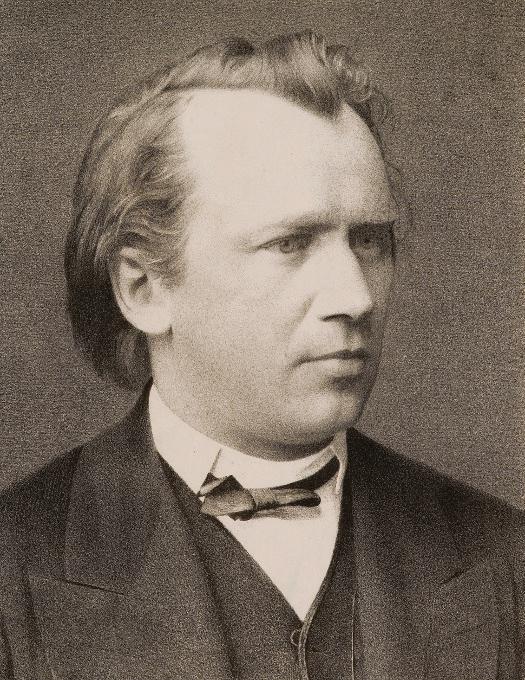
Where Beethoven would usually write a scherzo, Brahms preferred a less hectic, medium-paced movement. This third movement takes us back to the relaxed serenades of Brahms’s early years, and although a middle section introduces some tension, the lovely clarinet melody returns, and the movement ends in tranquility.
Perhaps a slow, portentous introduction was then needed to draw the mind back to the important matter of a fourth-movement finale. No light Haydnesque solution was possible for Brahms, so he prefaced the main part of the movement with a series of dramatic tableaux, including some solemn entries for horns and trombones, before launching into the famous main tune. This has inevitably been likened to the “Ode to Joy” theme in Beethoven’s Ninth Symphony, but it has its own identity and carves out its own course in a powerful movement that maintains its potency and drive to the very end.
Those who heard this work in 1876 were left in little doubt that no symphony of comparable range and impact had been heard since Beethoven’s Ninth. Brahms, characteristically taking no chances, had made sure that his First Symphony was the mightiest thing he had yet done. And, indeed, it remains one of the mightiest things he ever composed.
— adapted from a note by Hugh Macdonald

conductor

Daniele Rustioni is one of the most compelling conductors of his generation and a major presence at leading international orchestras and opera houses. He recently completed his eighth and final season as music director of the Opéra National de Lyon and was named the first-ever music director emeritus of this institution. In addition, Rustioni served as the first-ever principal guest conductor of the Bavarian State Opera.
In September, Rustioni will become principal guest conductor of the Metropolitan Opera, only the third in the company’s history. He is music director laureate of the Ulster Orchestra and conductor emeritus of the Orchestra della Toscana.
Highlights of the 2025–2026 season include debuts with the Dallas Symphony Orchestra, Orchestre National de France, San Francisco Symphony, Seattle Symphony, and his Cleveland Orchestra subscription debut at Severance Music Center after his debut at the Blossom Music Festival. He also returns to the BBC Symphony Orchestra, Zurich Opera Orchestra, Pittsburgh Symphony Orchestra, and Tokyo Metropolitan Symphony Orchestra.
In recent seasons, Rustioni has made many notable debuts, including with the London Symphony Orchestra, Metropolitan Opera Orchestra at Carnegie Hall, New York Philharmonic, Orchestra dell’Accademia Nazionale di Santa Cecilia, and The Philadelphia Orchestra. He has led performances at nearly all of the renowned international opera houses, including the Royal Opera House, Paris Opera, and Teatro alla Scala. His festival performances have included Aix-en-Provence, the BBC Proms, and the Salzburg Festival.
In 2022, Rustioni received the prestigious “Best Conductor” award from the International Opera Awards. He also recently received the “Chevalier des Arts et Lettres” of the French Republic for his cultural services.
Rustioni began his career in 1993 as a member of Teatro alla Scala’s children’s chorus. He continued his studies at Milan’s Conservatorio Giuseppe Verdi, Siena’s Accademia Musicale Chigiana, and London’s Royal Academy of Music. He currently resides in London with his wife (violinist Francesca Dego) and their daughter.
piano
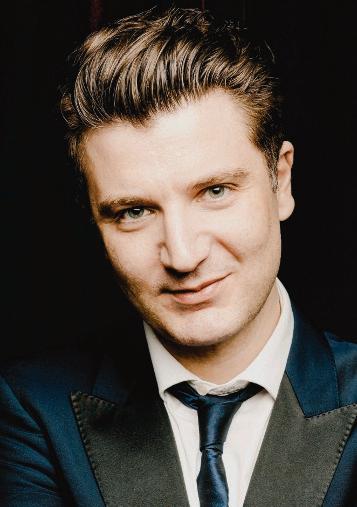
Combining exceptional lyricism and insight with consummate technique, Alessio Bax is without a doubt “among the most remarkable young pianists now before the public” (Gramophone). He catapulted to prominence with first-prize wins at both the 2000 Leeds International Piano Competition and the 1997 Hamamatsu International Piano Competition and is now a familiar face on five continents as a recitalist, chamber musician, and concerto soloist.
Bax has appeared with over 150 orchestras, collaborating with such eminent conductors as Marin Alsop, Vladimir Ashkenazy, Fabio Luisi, and Sir Simon Rattle. As a chamber musician, he recently collaborated with Lisa Batiashvili, Joshua Bell, Ian Bostridge, and Tabea Zimmermann, among many others.
Since 2017, Bax has been the artistic director of the Incontri in Terra di Siena Festival, and appears regularly at festivals such as Bravo! Vail, Verbier, Ravinia, Music@Menlo, Aspen, and Tanglewood. In 2009, he was awarded an Avery Fisher Career Grant, and four years later, he received both the Andrew Wolf Chamber Music Award and the Lincoln Center Award for Emerging Artists.
Bax’s most recent album releases are Forgotten Dances and Debussy & Ravel for Two with Lucille Chung. His celebrated discography also includes Italian Inspirations, Alessio Bax: Scriabin & Mussorgsky (named Recording of the Month by MusicWeb International), Alessio Bax plays Brahms (a Gramophone Critics’ Choice), and Baroque Reflections. He performed Beethoven’s “Hammerklavier” Sonata for Daniel Barenboim in the PBS-TV documentary Barenboim on Beethoven: Masterclass.
At age 14, Bax graduated with top honors from the conservatory of Bari, his hometown in Italy, and after further studies in Europe, he moved to the United States in 1994. He has been on the piano faculty of Boston’s New England Conservatory since fall 2019 and serves as co-artistic director of the Joaquín Achúcarro Foundation for emerging pianists.
Bax lives in New York City with pianist Lucille Chung and their daughter, Mila.

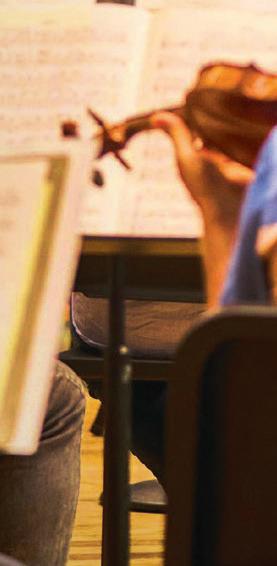

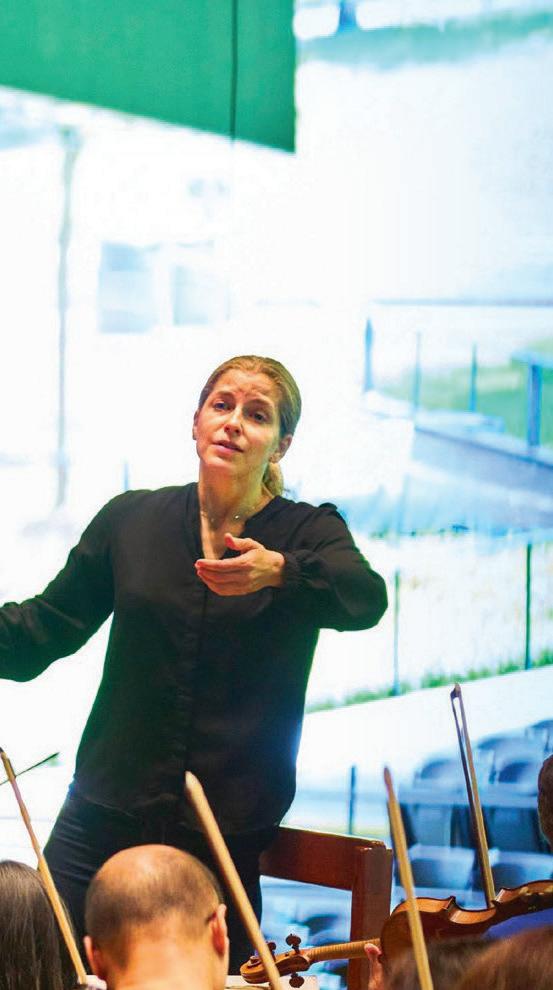
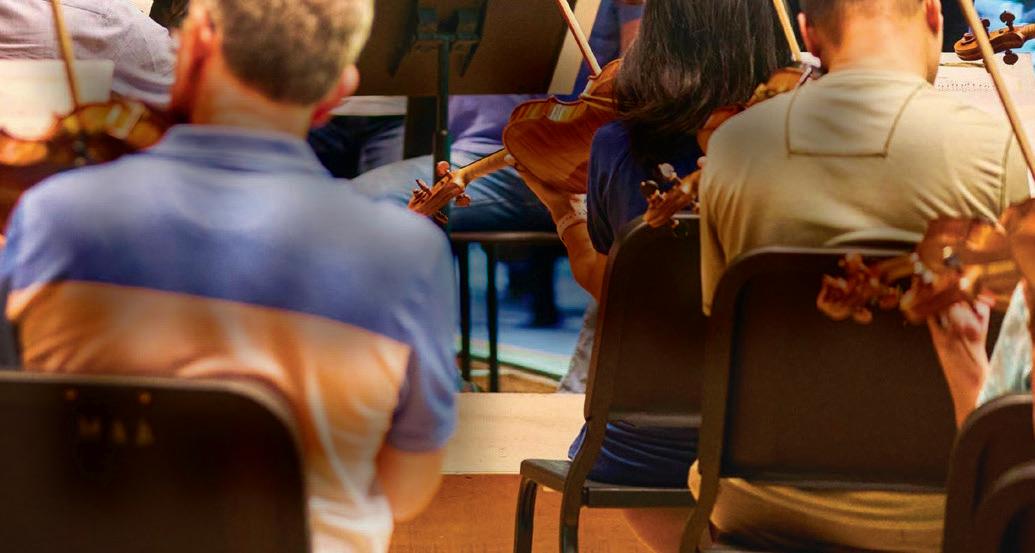




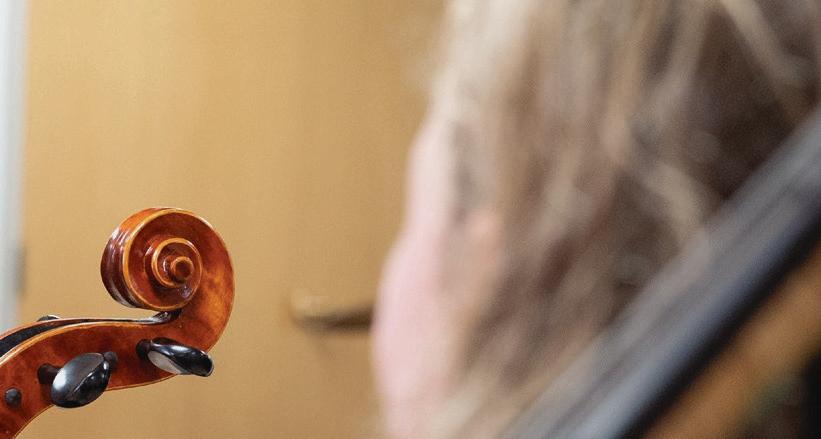

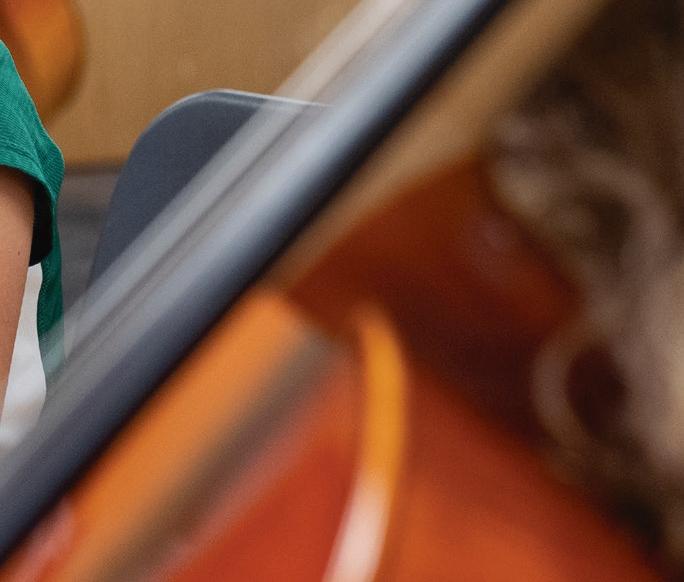








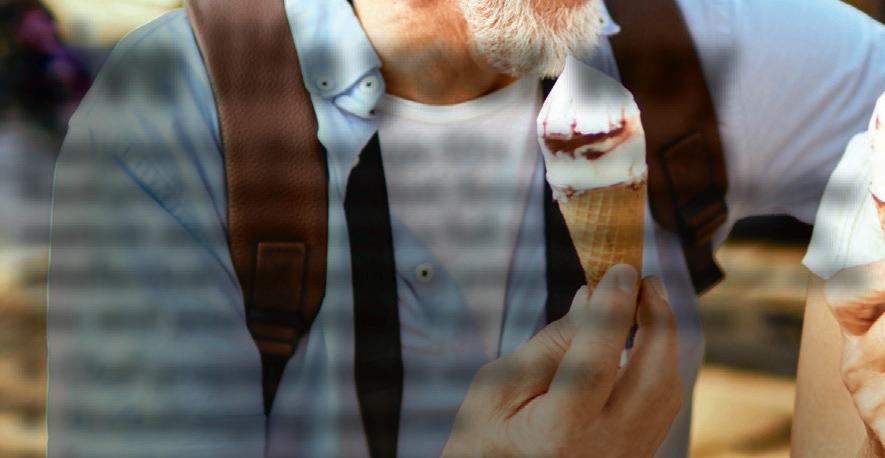









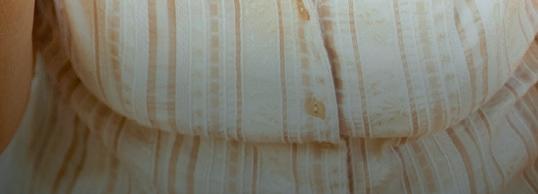

envision the perfect piano for home

Request a complimentary steinway & sons grand piano floor template and select the perfect steinway for your space.

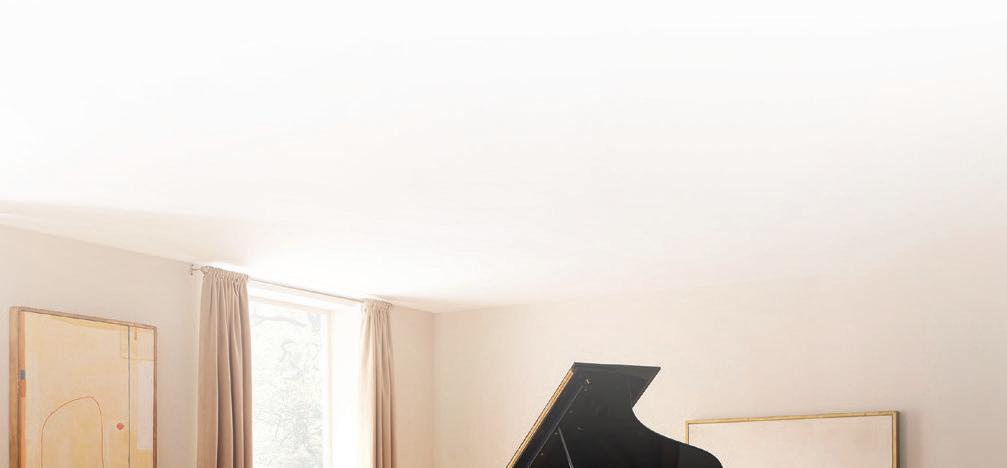




a 172 year legacy of craftsmanship & innovation
Discover why steinway remains at the heart of cultured homes around the world.
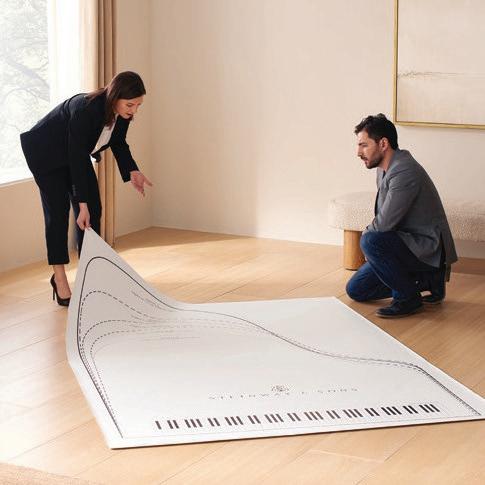
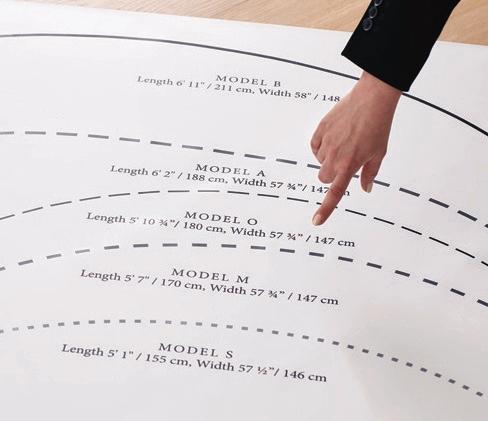
request a free floor template
Please scan the QR code or visit: Steinway.com/template

OCTOBER 22

TUESDAY MUSICAL PRESENTS: the Akron Concert Series, our 137th season: 2024-2025.
TUESDAY MUSICAL PRESENTS: the Akron Concert Series, our 138th season: 2025-2026
OCTOBER 21 MARC-ANDRÉ HAMELIN
MICHAEL FEINSTEIN’S TRIBUTE TO TONY BENNETT
NOVEMBER 18
NOVEMBER 19
VIVALDI’S FOUR SEASONS AT 300 with Les Arts Florissants
DECEMBER 3
NOVEMBER 30
FEBRUARY 10
IMANI WINDS & BOSTON BRASS
FEBRUARY 11 CZECH NATIONAL PHILHARMONIC
MARCH
MARCH 3 MARSALIS-McALLISTER-AMES TRIO
JOYCE DIDONATO WITH KINGS RETURN
CHRISTMAS WITH CANTUS

APRIL 21 RENéE FLEMING
Voice of Nature: The Anthropocene

Franz Welser-Möst Music Director
KELVIN SMITH FAMILY CHAIR
FIRST VIOLINS
Joel Link
CONCERTMASTER
Blossom-Lee Chair
Liyuan Xie
FIRST ASSOCIATE
CONCERTMASTER
Virginia M. Lindseth, PhD, Chair
Jung-Min Amy Lee
ASSOCIATE CONCERTMASTER
Gretchen D. and Ward Smith Chair
Stephen Tavani
ASSISTANT CONCERTMASTER
Dr. Ronald H. Krasney Chair
Wei-Fang Gu
Drs. Paul M. and Renate H. Duchesneau Chair
Kim Gomez
Elizabeth and Leslie Kondorossy Chair
Chul-In Park
Harriet T. and David L. Simon Chair
Miho Hashizume
Theodore Rautenberg Chair
Jeanne Preucil Rose
Larry J.B. and Barbara S. Robinson Chair
Alicia Koelz
Oswald and Phyllis Lerner Gilroy Chair
Yu Yuan
Patty and John Collinson Chair
Isabel Trautwein
Trevor and Jennie Jones Chair
Katherine Bormann
Analise Handke
Gladys B. Goetz Chair
Zhan Shu
Youngji Kim
Paul and Lucille Jones Chair
Genevieve Smelser
SECOND VIOLINS
Stephen Rose*
Alfred M. and Clara T. Rankin Chair
Eli Matthews 1
Patricia M. Kozerefski
and Richard J. Bogomolny Chair
Jason Yu2
James and Donna Reid Chair
Sonja Braaten Molloy
Carolyn Gadiel Warner
Elayna Duitman
Ioana Missits
Jeffrey Zehngut^
Sae Shiragami
Kathleen Collins
Beth Woodside
Emma Shook
Dr. Jeanette Grasselli Brown and Dr. Glenn R. Brown Chair
Yun-Ting Lee
Deborah L. Neale Chair
Jiah Chung Chapdelaine
Gawon Kim
VIOLAS
Wesley Collins*
Chaillé H. and Richard B. Tullis Chair
Stanley Konopka 2
Mark Jackobs
Jean Wall Bennett Chair
Lisa Boyko
Richard and Nancy Sneed Chair
Richard Waugh
Lembi Veskimets
The Morgan Sisters Chair
Eliesha Nelson^
Anthony and Diane Wynshaw-Boris Chair
Joanna Patterson Zakany
William Bender
Thomas Lauria and Christopher Lauria Chair
Gareth Zehngut^
Mark Kosower*
Louis D. Beaumont Chair
Richard Weiss 1
The GAR Foundation Chair
Charles Bernard2
Helen Weil Ross Chair
Bryan Dumm
Muriel and Noah Butkin Chair
Tanya Ell
Thomas J. and Judith Fay Gruber Chair
Ralph Curry
Brian Thornton
William P. Blair III Chair
David Alan Harrell
Martha Baldwin
Dane Johansen
Marguerite and James Rigby Chair
Paul Kushious
BASSES
Maximilian Dimoff *
Clarence T. Reinberger Chair
Charles Paul1
Mary E. and F. Joseph Callahan Chair
Derek Zadinsky2
Mark Atherton
Thomas Sperl
Henry Peyrebrune
Charles Barr Memorial Chair
Charles Carleton
Scott Dixon
Brandon Mason
HARP
Trina Struble*
Alice Chalifoux Chair
FLUTES
Joshua Smith*
Elizabeth M. and William C. Treuhaft Chair
Saeran St. Christopher
Jessica Sindell2^
Austin B. and Ellen W. Chinn Chair
Mary Kay Fink
PICCOLO
Mary Kay Fink
Anne M. and M. Roger Clapp Chair
OBOES
Frank Rosenwein*
Edith S. Taplin Chair
Corbin Stair
Sharon and Yoash Wiener Chair
Jeffrey Rathbun 2
Everett D. and Eugenia S. McCurdy Chair
Robert Walters
ENGLISH HORN
Robert Walters
Samuel C. and Bernette K. Jaffe Chair
CLARINETS
Afendi Yusuf *
Robert Marcellus Chair
Robert Woolfrey
Victoire G. and Alfred M. Rankin, Jr. Chair
Daniel McKelway2
Robert R. and Vilma L. Kohn Chair
Amy Zoloto
E-FLAT CLARINET
Daniel McKelway
Stanley L. and Eloise M. Morgan Chair
BASS CLARINET
Amy Zoloto
Myrna and James Spira Chair
BASSOONS
John Clouser*
Louise Harkness Ingalls Chair
Gareth Thomas
Jonathan Sherwin
CONTRABASSOON
Jonathan Sherwin
HORNS
Nathaniel Silberschlag*
George Szell Memorial Chair
Michael Mayhew §
Knight Foundation Chair
Jesse McCormick
Robert B. Benyo Chair
Hans Clebsch
Richard King
Meghan Guegold Hege^
TRUMPETS
Michael Sachs*
Robert and Eunice Podis Weiskopf Chair
Jack Sutte
Lyle Steelman 2^
James P. and Dolores D. Storer Chair
Michael Miller
CORNETS
Michael Sachs*
Mary Elizabeth and G. Robert Klein Chair
Michael Miller
TROMBONES
Brian Wendel*
Gilbert W. and Louise I. Humphrey Chair
Richard Stout
Alexander and Marianna C. McAfee Chair
Shachar Israel2
BASS TROMBONE
Luke Sieve
EUPHONIUM & BASS TRUMPET
Richard Stout
TUBA
Yasuhito Sugiyama*
Nathalie C. Spence and Nathalie S. Boswell Chair
TIMPANI
Zubin Hathi*
Otto G. and Corinne T. Voss Chair
Peter Nichols2
Mr. and Mrs. Richard K. Smucker Chair
PERCUSSION
Marc Damoulakis*
Margaret Allen Ireland Chair
Thomas Sherwood
Tanner Tanyeri
Peter Nichols
KEYBOARD INSTRUMENTS
Carolyn Gadiel Warner
Marjory and Marc L. Swartzbaugh Chair
LIBRARIAN
Michael Ferraguto*
Joe and Marlene Toot Chair
ENDOWED CHAIRS CURRENTLY UNOCCUPIED
Clara G. and George P. Bickford Chair
Sandra L. Haslinger Chair
Charles M. and Janet G. Kimball Chair
Sunshine Chair
Rudolf Serkin Chair
CONDUCTORS
Christoph von Dohnányi
MUSIC DIRECTOR LAUREATE
Taichi Fukumura
ASSISTANT CONDUCTOR
Elizabeth Ring and William Gwinn Mather Chair
James Feddeck
PRINCIPAL CONDUCTOR & MUSICAL ADVISOR OF THE CLEVELAND ORCHESTRA YOUTH ORCHESTRA
Sidney and Doris Dworkin Chair
Lisa Wong
DIRECTOR OF CHORUSES
Frances P. and Chester C. Bolton Chair
* Principal
§ Associate Principal
1 First Assistant Principal
2 Assistant Principal
^ Alum of The Cleveland Orchestra Youth Orchestra
This roster lists full-time members of The Cleveland Orchestra. The number and seating of musicians on stage varies depending on the piece being performed. Seating within the string sections rotates on a periodic basis.
Now firmly in its second century, The Cleveland Orchestra, under the leadership of Music Director Franz Welser-Möst since 2002, is one of the most sought-after performing ensembles in the world. Year after year, the ensemble exemplifies extraordinary artistic excellence, creative programming, and community engagement. In recent years, The New York Times has called Cleveland “the best in America” for its virtuosity, elegance of sound, variety of color, and chamber-like musical cohesion.
Founded by Adella Prentiss Hughes, the Orchestra performed its inaugural concert in December 1918. By the middle of the century, decades of growth and sustained support had turned it into one of the most admired globally.
The past decade has seen an increasing number of young people attending concerts, bringing fresh attention to The Cleveland Orchestra’s legendary sound and committed programming. More recently, the Orchestra launched several bold digital projects, including the streaming platform Adella.live and its own recording label. Together, they have captured the Orchestra’s unique artistry and the musical achievements of the Welser-Möst and Cleveland Orchestra partnership.
The 2025–26 season marks Franz Welser-Möst’s 24th year as music director, a period in which The Cleveland Orchestra has earned unprecedented acclaim around the world, including a series of residencies at the Musikverein in Vienna, the first of its kind by an American orchestra, and a number of celebrated opera presentations.
Since 1918, seven music directors — Nikolai Sokoloff, Artur Rodziński, Erich
Leinsdorf, George Szell, Lorin Maazel, Christoph von Dohnányi, and Franz Welser-Möst — have guided and shaped the ensemble’s growth and sound. Through concerts at home and on tour, broadcasts, and a catalog of acclaimed recordings, The Cleveland Orchestra is heard today by a growing group of fans around the world.
@ClevelandOrchestra
@cleveorch
@CleveOrchestra
@clevelandorchestra
FRANZ WELSER-MÖST, MUSIC DIRECTOR










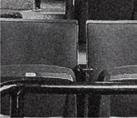






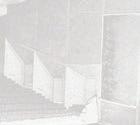


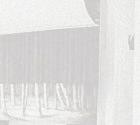
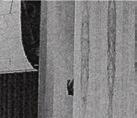









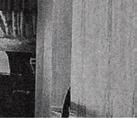

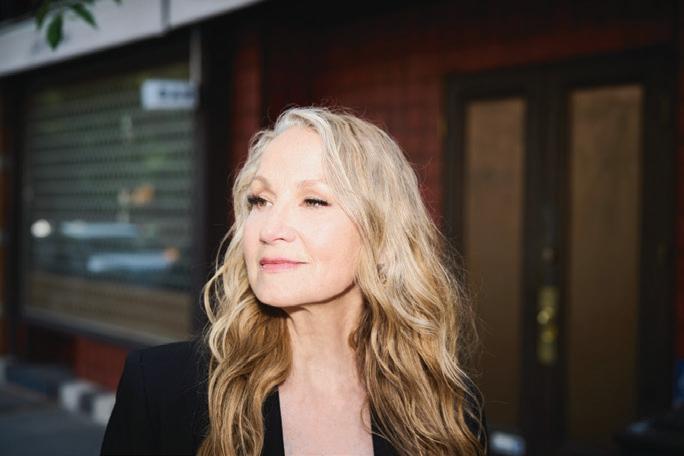
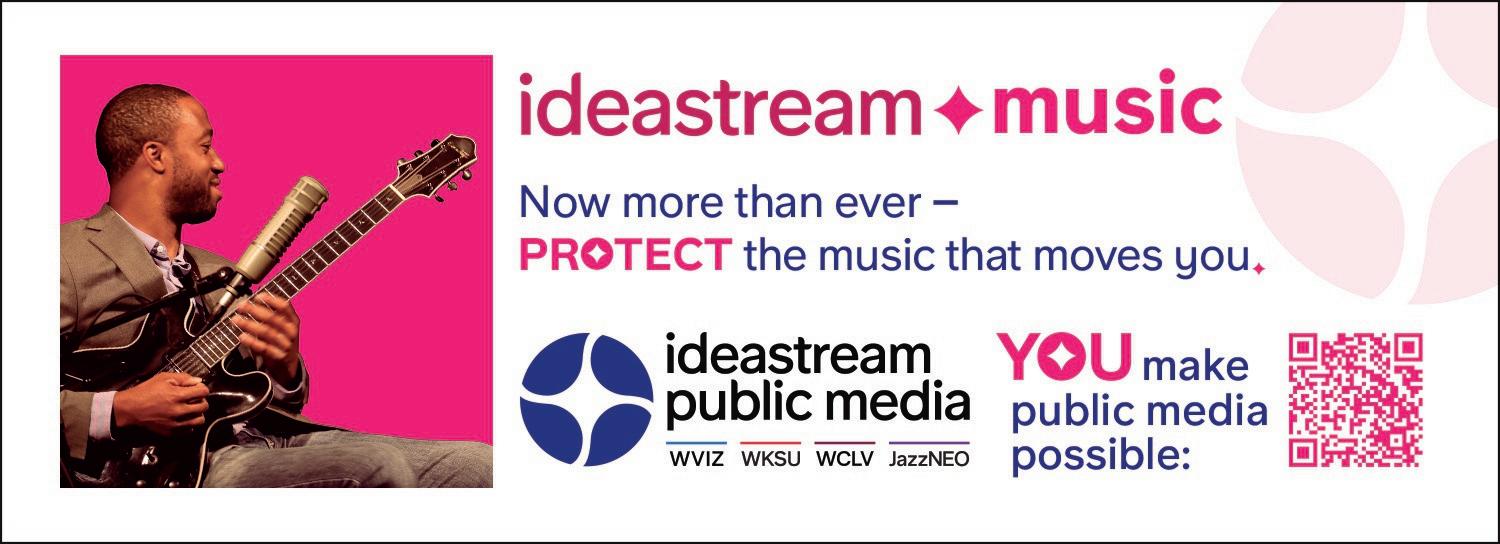

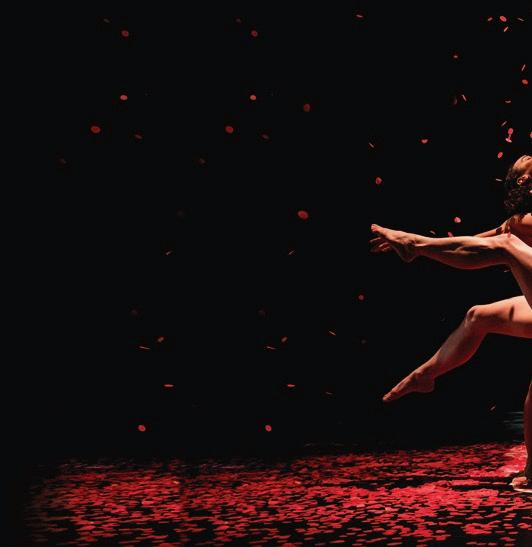
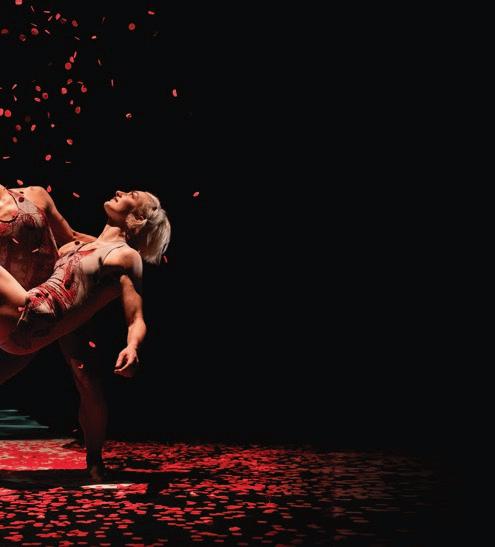

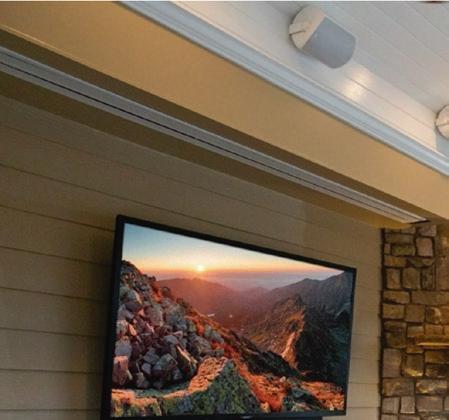

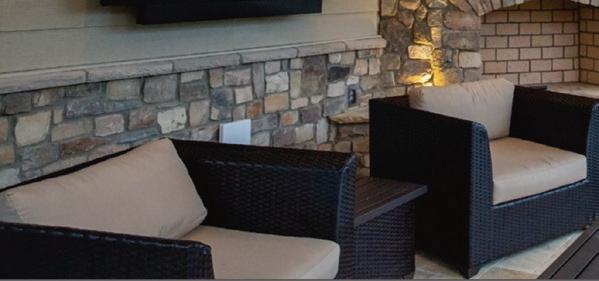



Guests with Pavilion seats who arrive after the start of the concert may be asked to wait outside the Pavilion until the first convenient pause in the music, after which our ushers will help you to your seats.
Guests on the Lawn may bring their own chairs, but guests with high-backed chairs that obstruct others’ views may be asked to relocate to the rear of the Lawn. Rental chairs are available for a fee of $10 per evening. Tents, flags, balloons, or other structures that might obstruct views or present a hazard are prohibited. Open flames are also prohibited.
Audio recording, photography, and videography are prohibited during performances at Blossom. Photographs and videos can only be taken when the performance is not in progress. As a courtesy to others, please silence all electronic devices prior to the start of the concert.
All Blossom Music Festival events are presented in a smoke-free environment. Smoking or vaping are not allowed anywhere on the grounds or in buildings once you have entered through the ticket gates. A smoking area is available outside the gates in a designated area of Parking Lot A.
In the event of severe weather, a coordinated alert will be issued. Guests will be directed to safety by our staff and loudspeaker system. Visit clevelandorchestra.com/weather for weather updates and more information.
Free tram service between the parking lots and Smith Plaza and the Pavilion is available on a continuous basis before and after each concert. The ADA Van Service can pick up at the Main Gate with service to the Tram Circle.
Visit our Information Center, hosted by the Blossom Friends of The Cleveland Orchestra, inside the Main Gate on Smith Plaza.
The Cleveland Orchestra is grateful to these organizations for their ongoing generous support of The Cleveland Orchestra: National Endowment for the Arts, the State of Ohio and Ohio Arts Council, and to the residents of Cuyahoga County through Cuyahoga Arts and Culture.
© 2025 The Cleveland Orchestra and the Musical Arts Association


Explore upcoming concerts, purchase and access your tickets, receive performance updates, and more.
For more information and direct links to download, visit clevelandorchestra.com/tcoapp or scan the code with your smartphone camera to download the app for iPhone or Android.
Available for iOS and Android on Google Play and at the Apple App Store.



Program books for Cleveland Orchestra concerts are produced by The Cleveland Orchestra and are distributed free to attending audience members.
EDITORIAL
Kevin McBrien
Editorial & Publications Manager
The Cleveland Orchestra kmcbrien@clevelandorchestra.com
Ellen Sauer Tanyeri
Archives & Editorial Assistant
The Cleveland Orchestra
DESIGN
Judy Barabas, Red Swing Creative
ADVERTISING
Live Publishing Company, 216-721-1800
PLEASE RECYCLE


